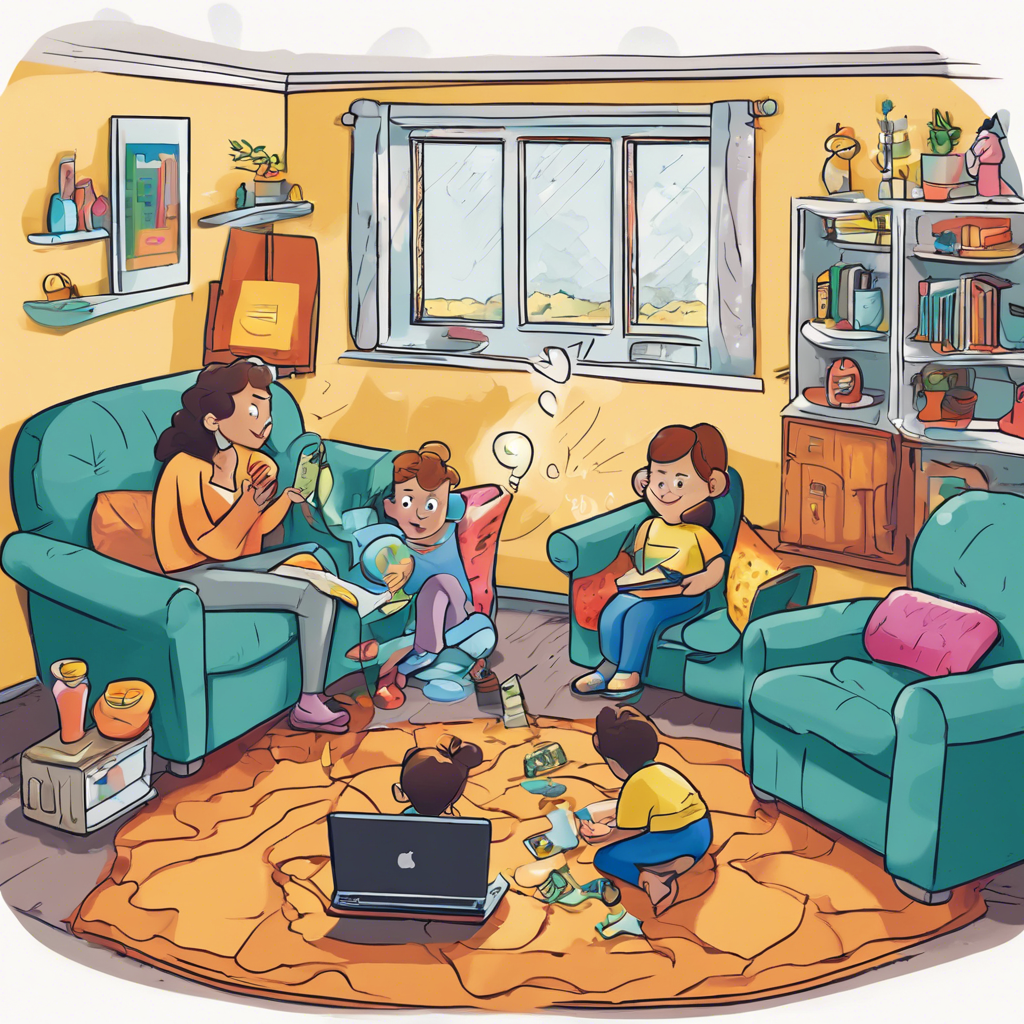In What Ways Did The Exchange Of Food Ingredients Affect Social Hierarchy And Community Structures In Ancient Societies?
Gathering question image...
Introduction
The exchange of food ingredients has profoundly influenced social hierarchies and community structures in ancient civilizations. This crucial process, closely linked to trade and cultural interactions, resulted in enhanced culinary variety and significant changes in power dynamics and social organization.
Impact of Food Exchange on Social Hierarchy
The exchange of food ingredients consistently reinforced existing social hierarchies and frequently generated new ones. As specific ingredients gained desirability or scarcity, they became symbols of higher social status. Communities with access to sought-after spices or staple grains often acquired greater power in regional trade, resulting in a stratified society where wealth dictated social standing.
- Communities rich in resources could leverage their access to trade for increased influence.
- Wealthy elite groups frequently controlled the procurement and distribution of rare food ingredients, solidifying social inequalities.
- Foods designated for religious and ceremonial events were usually reserved for the elite, clearly delineating social hierarchies.
Influence of Food Exchange on Community Structures
Food exchange not only shaped social hierarchies but also significantly impacted the organizational structure of communities. As diverse cultures engaged in trade, they exchanged agricultural techniques, culinary practices, and production methods, which either strengthened community ties or led to conflicts over resources.
- Culinary traditions shared across cultures helped foster a sense of community among various groups.
- Trade routes often evolved into cultural melting pots, facilitating new social interactions and hybrid customs.
- Conflicts arising from competition over food resources frequently resulted in shifts in power and changes in community dynamics.
Conclusion
The exchange of food ingredients played a vital role in shaping both social hierarchies and community structures in ancient civilizations, reinforcing or creating power dynamics while fostering intercultural interactions. Analyzing these historical processes provides valuable insights into how ancient societies evolved and adapted through trade and shared resources.
Expert Quote
Dr. Bruce Trigger, Professor Emeritus of Anthropology at McGill University
The exchange of food not only alters dietary patterns but also redefines social relationships and power structures within communities. It plays a pivotal role in establishing and maintaining social hierarchies in ancient and modern societies alike.
Understanding the Past: Analyzing Social Change, 2010
Relevant Links
The intersection of culture and cuisine: How food shapes our identity ...
https://www.arts.ubc.ca/news/the-intersection-of-culture-and-cuisine-how-food-shapes-our-identity/Food as Culture: Cuisine, Food Customs, and Cultural Identity - SLO ...
https://slofoodbank.org/en/food-as-culture/Chapter 3. Culture – Introduction to Sociology – 1st Canadian Edition
https://opentextbc.ca/introductiontosociology/chapter/chapter3-culture/How Food Moves, Shapes, and Defines Cultures - We Don't Waste
https://www.wedontwaste.org/how-food-moves-shapes-and-defines-cultures/Chapter 1. An Introduction to Sociology – Introduction to Sociology ...
https://opentextbc.ca/introductiontosociology/chapter/chapter1-an-introduction-to-sociology/Most popular questions

How Do The Personal Relationships Among Gods Affect Their Decisions In The Iliad?
The intricate relationships among the gods in Homer's epic poem 'The Iliad' play a crucial role in shaping their actions and decisions. These divine interactions create a complex web of fates, where each god's personal alliances and rivalries directly influence the events of the mortal world.

What Strategies Can Parents Use To Educate Their Children About Online Safety Beyond Privacy Settings?
In today's digital landscape, teaching children about online safety is essential for their protection and well-being. While privacy settings play a critical role, parents can implement various strategies to create a thorough understanding of online safety principles among their children.

What Are The Different Types Of Insulation Materials Commonly Used In Buildings, And How Do They Compare In Terms Of Thermal Resistance?
Insulation materials are vital for enhancing energy efficiency in residential and commercial buildings by minimizing heat transfer. Understanding the various insulation types can lead to better choices for thermal resistance and overall comfort.
Most recent questions

In What Ways Do The Platforms Used By Online Critics Affect Their Review Styles Compared To Traditional Critics?
The emergence of digital platforms has profoundly changed how film and book critics publish reviews, resulting in notable distinctions between online critics and traditional critics. This evolution has not only transformed the writing style and format of reviews but has also significantly impacted audience engagement with content.

What Specific User Engagement Metrics Should Be Prioritized To Refine Algorithm Recommendations For New Artists?
Understanding user engagement metrics is vital for enhancing algorithm recommendations, particularly for emerging artists in the music industry. By focusing on the right engagement metrics, music platforms can significantly improve the discovery and listening experience for users while effectively promoting new talent.

What Specific Types Of User-generated Content Are Most Influential In Maintaining Player Engagement Within Gaming Communities?
User-generated content (UGC) is vital for boosting player engagement in gaming communities. It includes various creative expressions from players that significantly enhance the gaming experience while cultivating a dynamic community atmosphere.